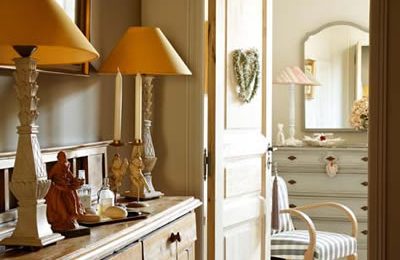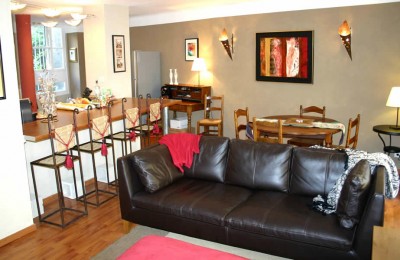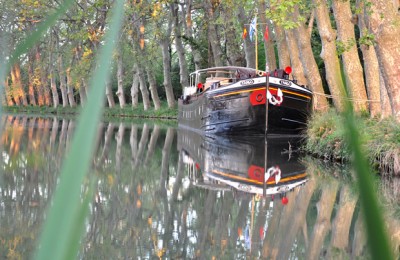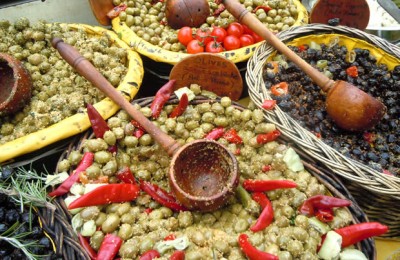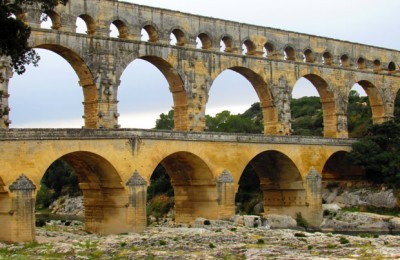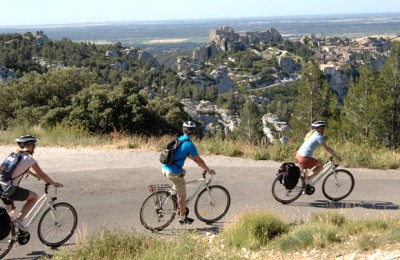This is a destination for all ages, close to the Mediterranean coast and ideal no matter what time of the year…
The region’s exceptionally diverse natural, historic, cultural and gastronomic assets gives the Languedoc-Roussillon a unique heritage. The legacy of the ancient Roman Empire, the Crusades, the epic Cathars’ through to the Middle Ages still live on for you to discover.
Basking in over 300 days of Mediterranean sunshine a year, the Languedoc-Roussillon region boasts some of the best produce in France. Not trapped by tradition, its wine makers are forward thinking and will excite those that venture into the vineyards. Its access to the Mediterranean Sea ensures that top quality, fresh seafood is always on the menu. Colourful markets, welcoming terraces, a little shade and the cool of a spring… Not to mention the gastronomic delights from the Pyrenees through to the River Rhone and the Camargue.
The South, is a string of villages and towns full of character:
♦ Narbonne with its famous indoor market designed by Eiffel, a town of history and home of Fauvism
♦ Montpellier, lively and studious, seducing you and revealing in its pedestrianized centre how wonderful life is
♦ Roman Nimes with a Provençal feel
♦ Mende, high-up in the Lozère
A land of contrasts of a nature that rises away from the Mediterranean Sea showing four distinctive landscapes: beaches and lagoons, vineyards, low soft leaf scrubland called garrigue and mountains. The intensity of the light, vineyards stretching away into the horizon… in the shade of a plane tree, in this country of contrasts, charged with sea air and fragrances of wild herbs, life feels good.





